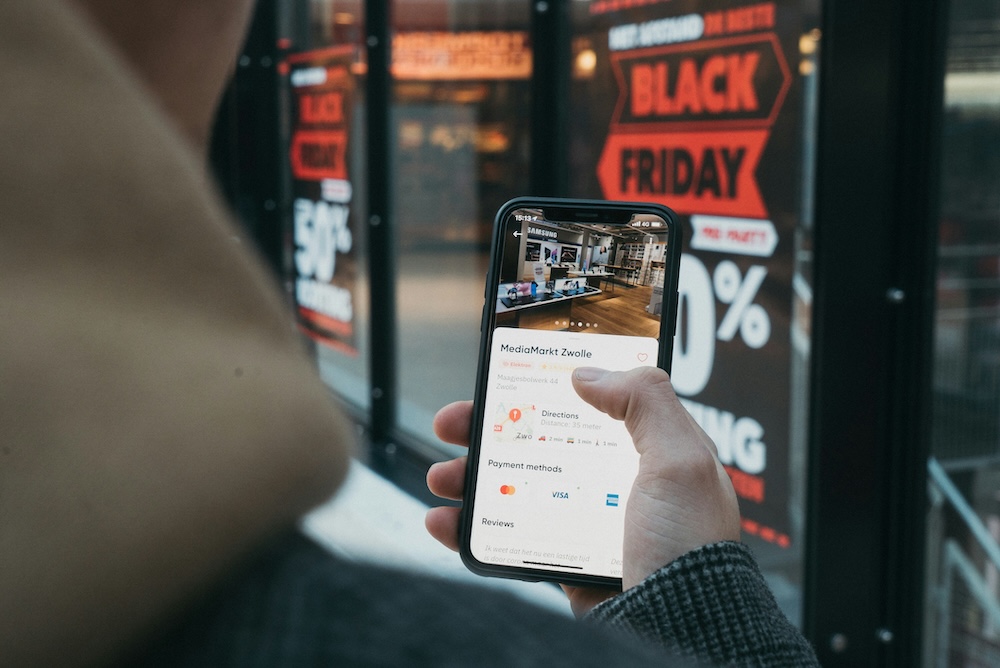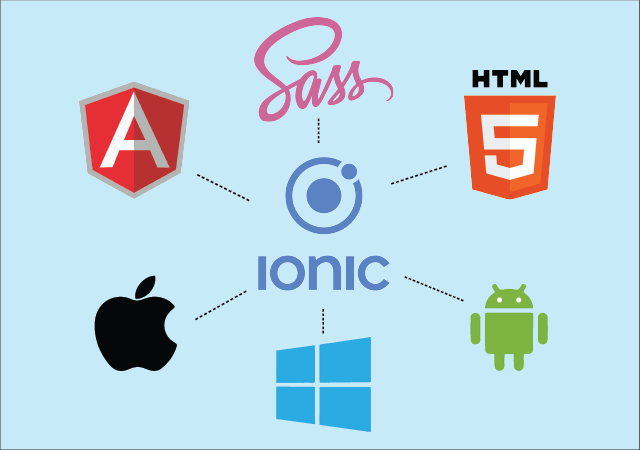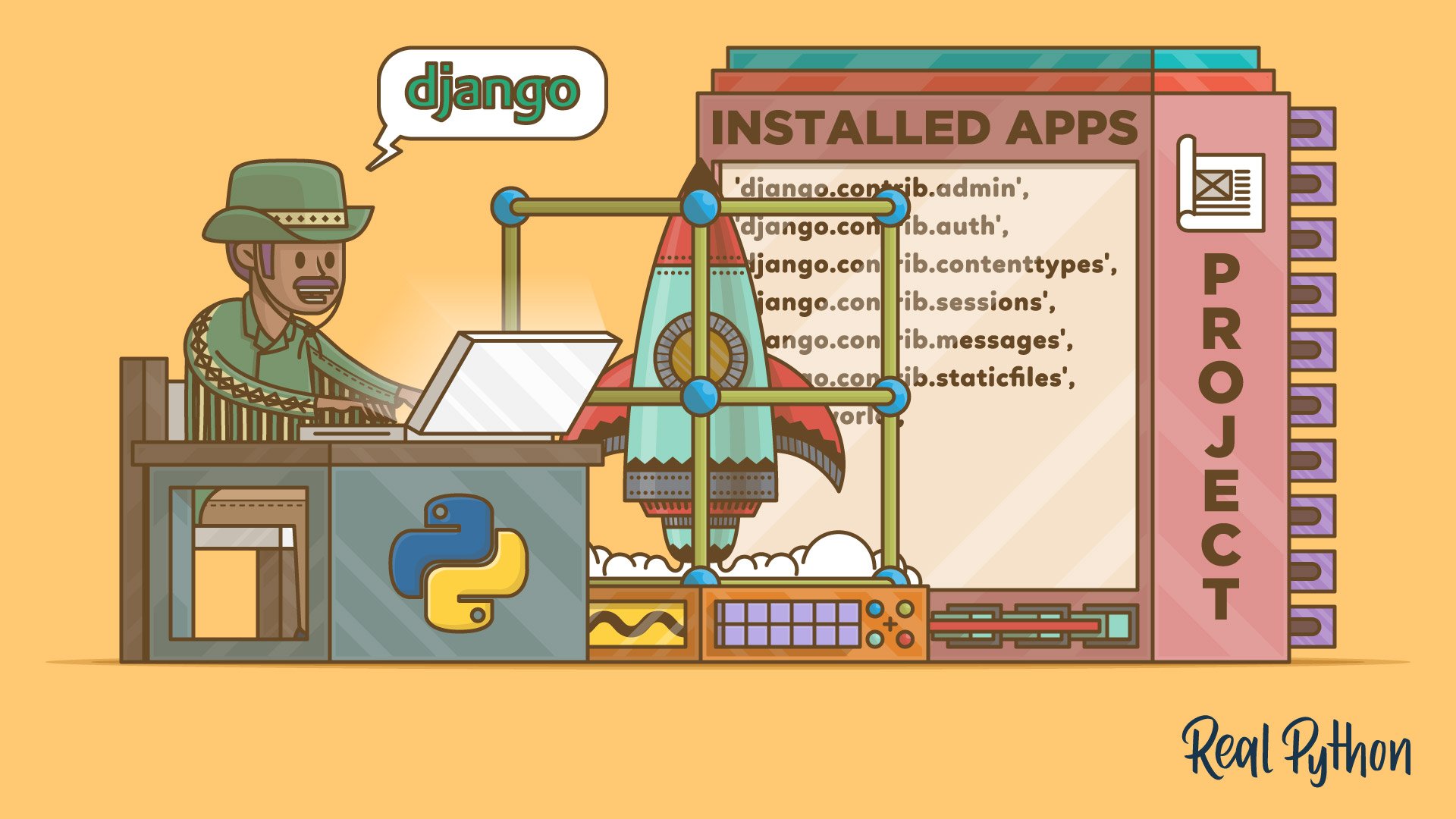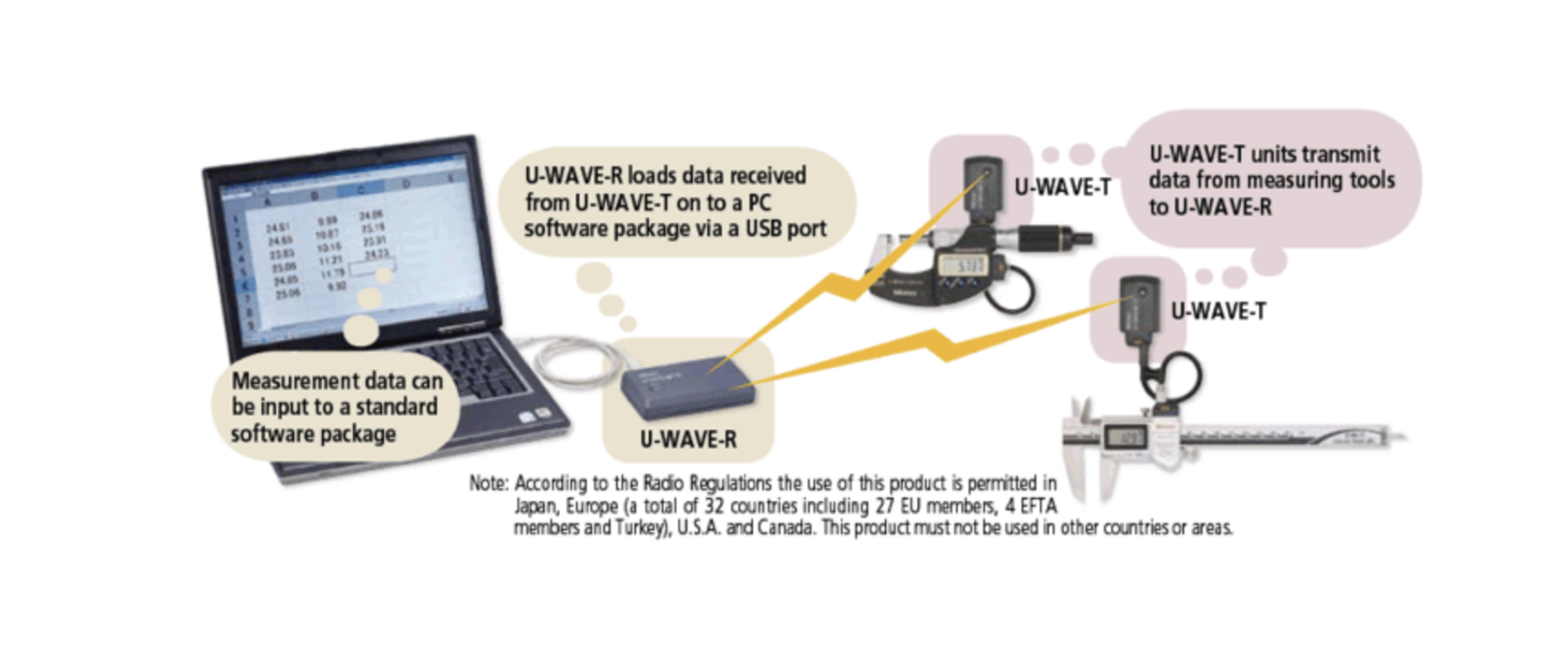Building a Fullstack E-commerce System with JavaScript
From the cart to checkout — all powered by JS.
🛠️ Why JavaScript for E-commerce?
JavaScript is no longer just for making buttons blink. It's now fully capable of powering front to back e-commerce systems. With the rise of Node.js, React, and modern databases, you can build a complete store using JavaScript — and nothing else.
This blog will walk you through what it takes to build a fullstack e-commerce system using JavaScript, from the homepage to the backend API, product storage, authentication, and payments.
🧱 The Tech Stack at a Glance
| Layer | Tool | Purpose |
|---|---|---|
| Frontend | React.js / Next.js | User interface |
| Backend | Node.js + Express.js | REST API & business logic |
| Database | MongoDB / PostgreSQL | Store products, users, orders |
| Auth | JWT / OAuth / Auth0 | User registration & login |
| State Mgmt | Redux / Zustand | Cart & session handling |
| Payments | Stripe / PayPal | Checkout flow |
| Image Uploads | Cloudinary / Multer | Product image management |
| Dev Tools | Vite / Webpack | Bundling & development |
🖼️ Step 1: Design the Data Models
Even before code, define your core entities:
- User: name, email, password (hashed), role (admin/customer)
- Product: title, description, price, category, images, stock
- Order: user, products, total, payment status, shipping address
- Cart (optional in DB): temporary storage during session
Use Mongoose for MongoDB or Prisma for PostgreSQL to define schemas.
💻 Step 2: Backend API with Node.js + Express
Set up your backend:
mkdir ecommerce-backend && cd ecommerce-backend
npm init -y
npm install express mongoose cors dotenvExample route:
app.get('/api/products', async (req, res) => {
const products = await Product.find();
res.json(products);
});Enable CORS, JSON body parsing, and secure environment variables. Don't forget route protection for admin-only endpoints.
🎨 Step 3: Frontend with React or Next.js
Create the user-facing store:
npx create-react-app ecommerce-frontendOr for SEO and SSR:
npx create-next-app ecommerce-frontendCore pages:
/– Product listing/product/:id– Product detail/cart– Cart page/checkout– Checkout + payment/login&/register– Auth
Use React Router or Next.js routing. Fetch data using fetch() or Axios.
🛒 Step 4: Manage Cart & State
Use Redux Toolkit or a simpler tool like Zustand:
import { create } from 'zustand';
const useCart = create((set) => ({
items: [],
addToCart: (item) => set((state) => ({
items: [...state.items, item]
})),
}));Store cart data in local storage for persistence.
🔐 Step 5: Auth (Login, Register, JWT)
Build secure login/register routes:
- Hash passwords with bcrypt
- Generate tokens with jsonwebtoken
- Protect routes with middleware
Frontend stores the token in memory or secure cookie.
💸 Step 6: Stripe Payment Integration
Use Stripe Checkout or custom Stripe Elements flow:
const stripe = await loadStripe('your-publishable-key');
const { sessionId } = await fetch('/api/create-checkout-session');
stripe.redirectToCheckout({ sessionId });On the backend, handle payment confirmation and update the order status.
🖼️ Step 7: Image Uploads
Use Multer to upload product images:
const multer = require('multer');
const upload = multer({ dest: 'uploads/' });
app.post('/upload', upload.single('image'), (req, res) => {
res.send({ imageUrl: `/uploads/${req.file.filename}` });
});Or upload to Cloudinary/S3 for production-ready scalability.
🧪 Step 8: Test Everything
- Use Jest for unit testing
- Supertest to test API routes
- Cypress or Playwright for end-to-end UI tests
Don’t launch your cart into the wild without testing the checkout!
🌍 Step 9: Deployment
- Frontend: Vercel (Next.js) or Netlify
- Backend: Render, Railway, or Heroku
- DB: Atlas (MongoDB), Neon (PostgreSQL)
- Env: Use
.envand secure keys
Make sure to set CORS, rate limits, and secure headers.
✅ Final Thoughts
JavaScript has evolved — it can now handle the entire e-commerce stack, no need for separate languages.
Whether you're building a custom store for a client or launching your own drop-shipping dream, using JS fullstack lets you iterate fast, reuse code, and scale as needed.
🧠 Want to Go Further?
- Add Admin Dashboard with charts (Recharts or Chart.js)
- Enable product search & filters (ElasticSearch or simple regex)
- Add real-time order updates via Socket.io
- Use Next.js for SSR & blazing SEO
You don’t just build an e-commerce system.
You build a business engine — and JavaScript gives you the fuel to run it all.
Get in Touch with us
Related Posts
- Temporal × 本地大模型 × Robot Framework 面向中国企业的可靠业务自动化架构实践
- Building Reliable Office Automation with Temporal, Local LLMs, and Robot Framework
- RPA + AI: 为什么没有“智能”的自动化一定失败, 而没有“治理”的智能同样不可落地
- RPA + AI: Why Automation Fails Without Intelligence — and Intelligence Fails Without Control
- Simulating Border Conflict and Proxy War
- 先解决“检索与访问”问题 重塑高校图书馆战略价值的最快路径
- Fix Discovery & Access First: The Fastest Way to Restore the University Library’s Strategic Value
- 我们正在开发一个连接工厂与再生资源企业的废料交易平台
- We’re Building a Better Way for Factories and Recyclers to Trade Scrap
- 如何使用 Python 开发 MES(制造执行系统) —— 面向中国制造企业的实用指南
- How to Develop a Manufacturing Execution System (MES) with Python
- MES、ERP 与 SCADA 的区别与边界 —— 制造业系统角色与连接关系详解
- MES vs ERP vs SCADA: Roles and Boundaries Explained
- 为什么学习软件开发如此“痛苦” ——以及真正有效的解决方法
- Why Learning Software Development Feels So Painful — and How to Fix It
- 企业最终会选择哪种 AI:GPT 风格,还是 Gemini 风格?
- What Enterprises Will Choose: GPT-Style AI or Gemini-Style AI?
- GPT-5.2 在哪些真实业务场景中明显优于 GPT-5.1
- Top Real-World Use Cases Where GPT-5.2 Shines Over GPT-5.1
- ChatGPT 5.2 与 5.1 的区别 —— 用通俗类比来理解














